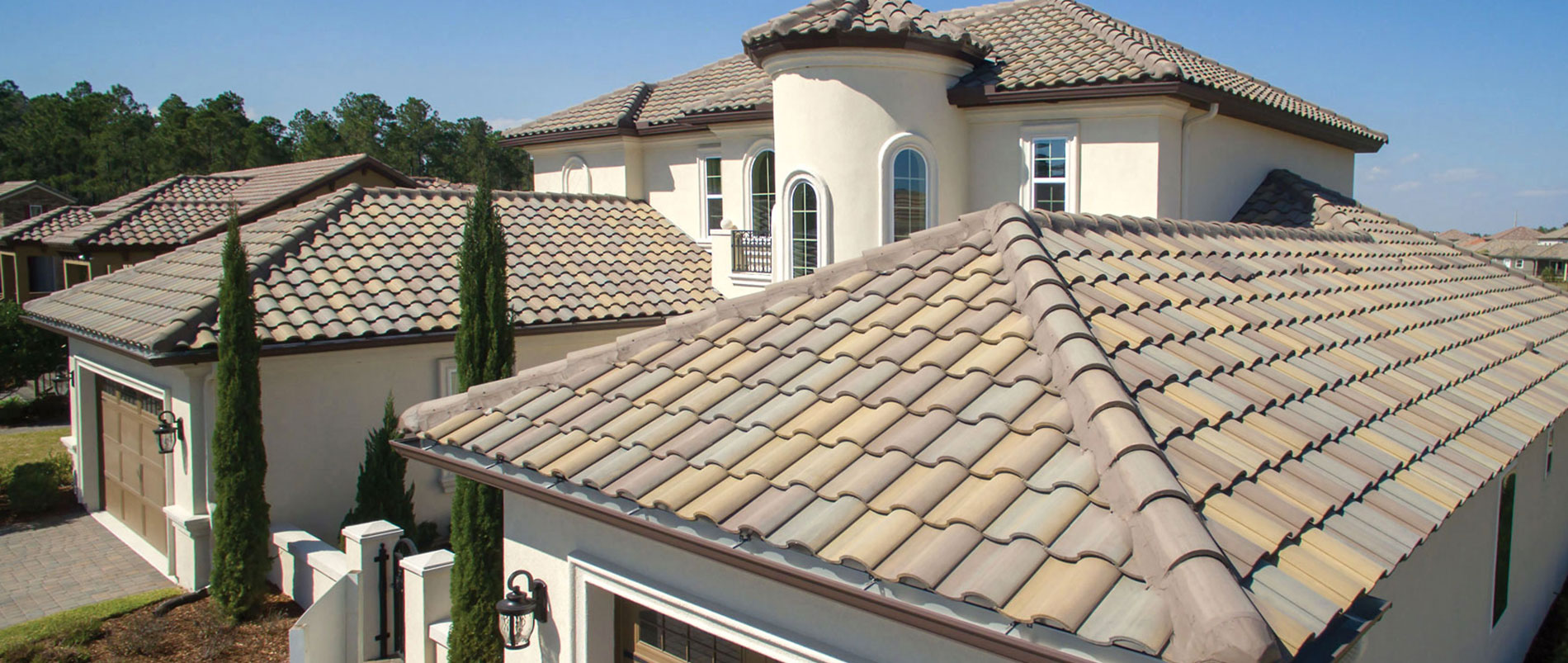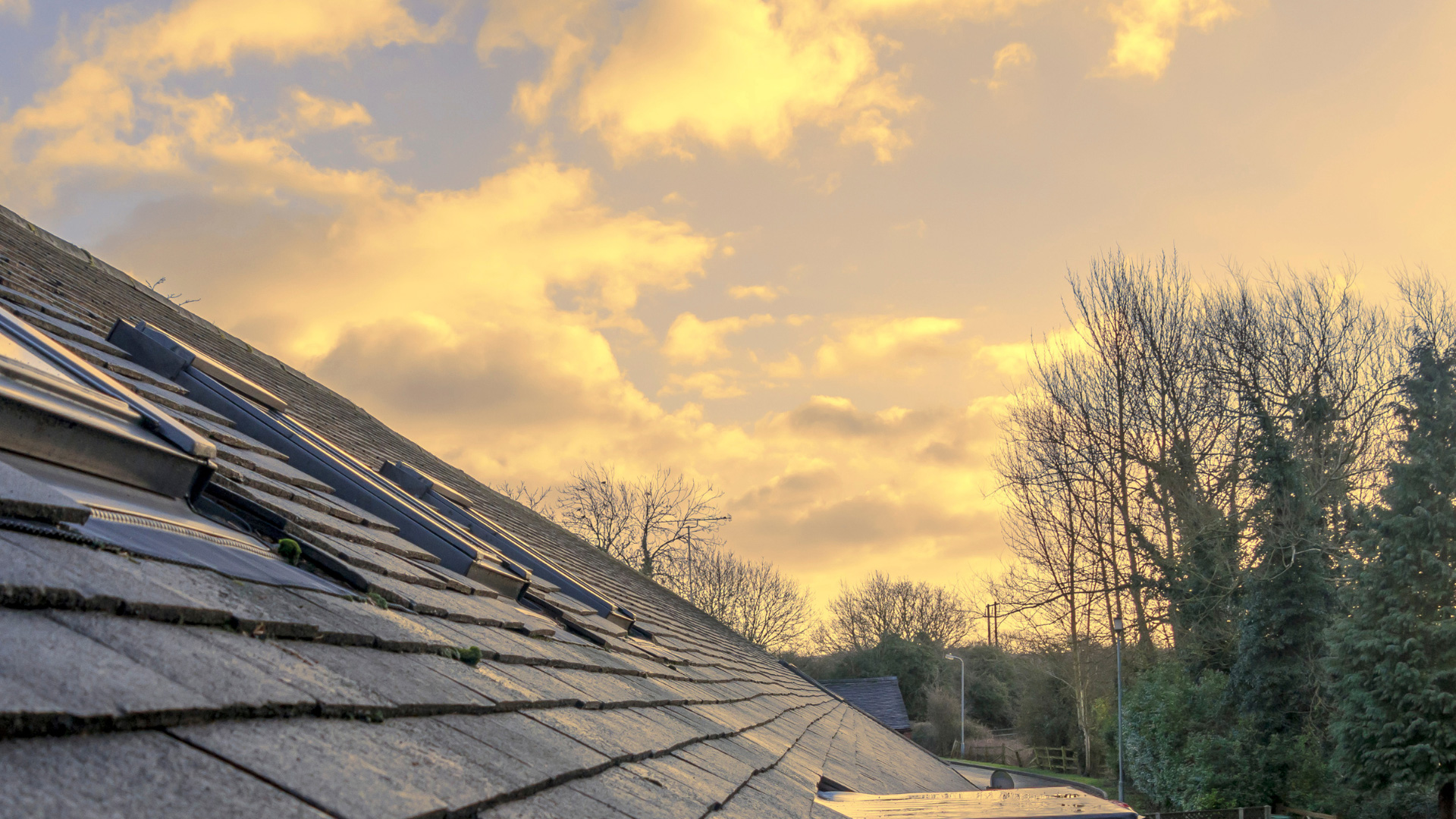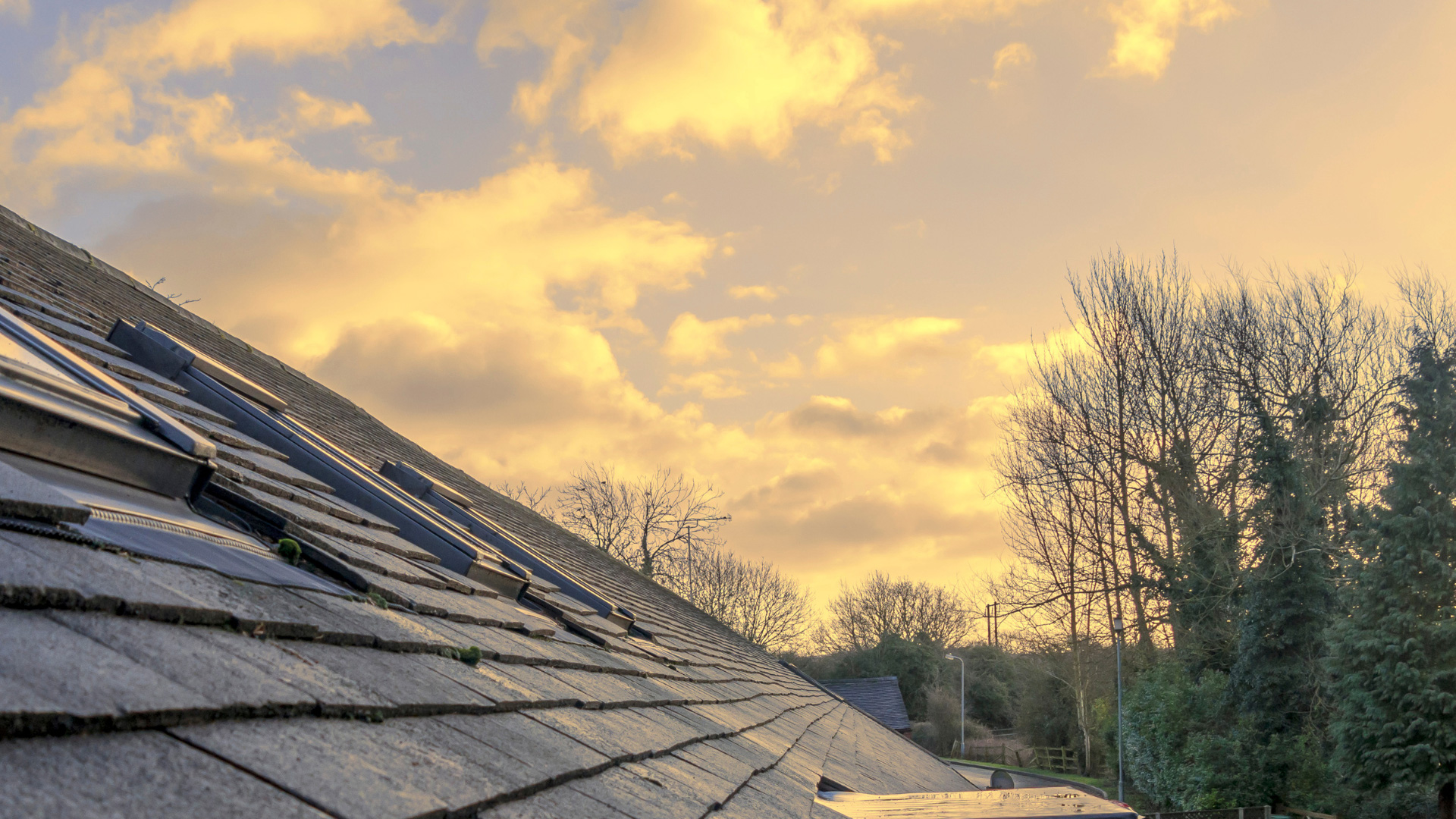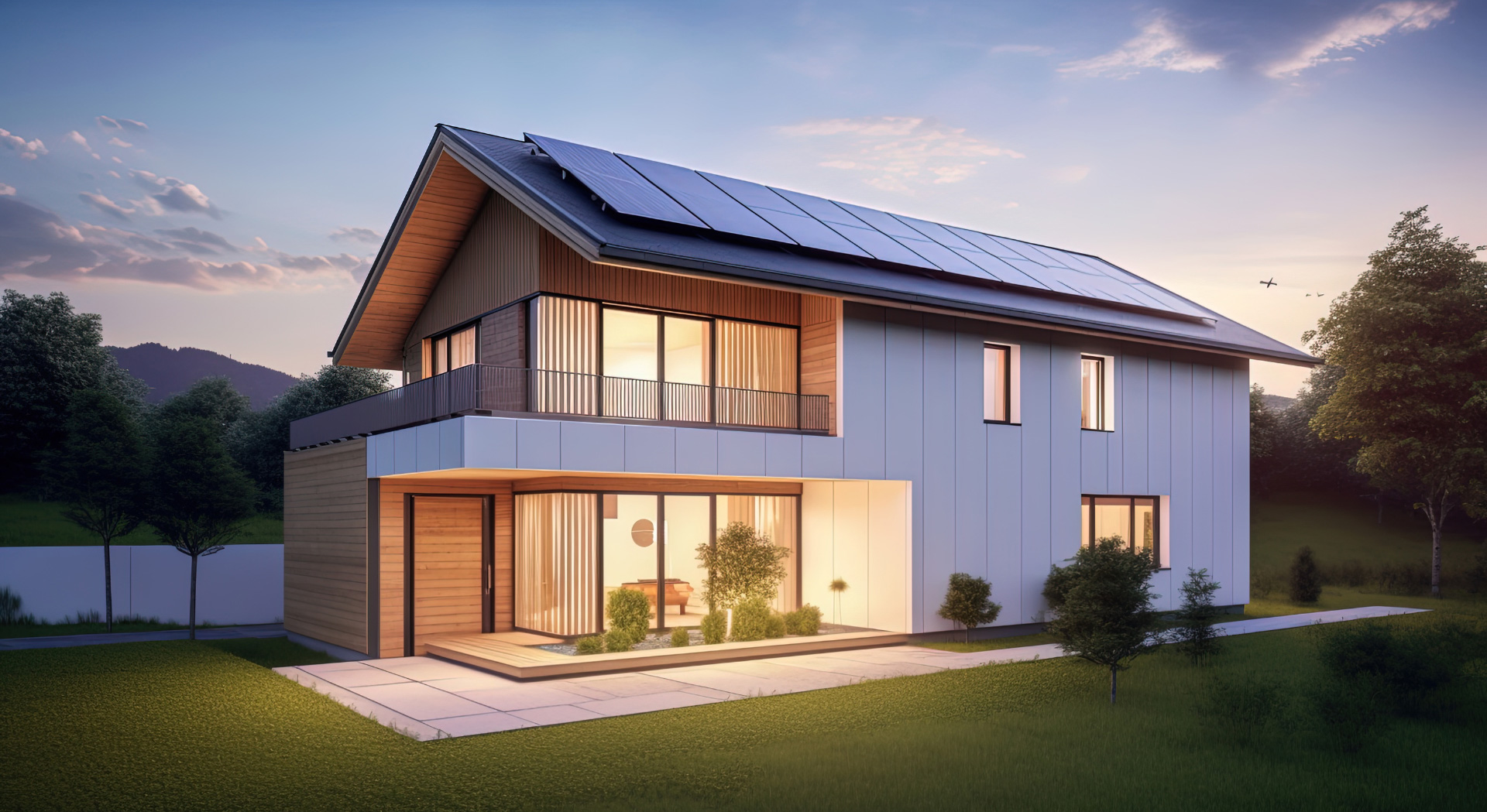Selecting the perfect color for your roof is more than just an aesthetic decision—it impacts your home’s curb appeal, energy efficiency, and overall value. At Roofing Optimum, we’ve helped countless homeowners navigate this important choice. This comprehensive guide will walk you through the key considerations to help you select the ideal roofing shingle color for your home.
Understanding the Impact of Roof Color
Curb Appeal and Home Value
Your roof typically comprises 40% of your home’s visible exterior, making it a dominant feature that significantly influences curb appeal. The right color choice can enhance architectural details, create visual harmony with the surrounding landscape, and make your home stand out—in a good way.
When it comes to resale value, a roof color that complements your home’s style and fits well within your neighborhood can make a substantial difference. While personal preferences vary, potential buyers respond positively to homes with cohesive, thoughtful exterior color schemes where the roof plays a harmonious role.
Creating a unified exterior design starts with understanding color relationships. Your roof doesn’t need to match other elements exactly, but it should create a pleasing relationship with your siding, trim, stonework, and even landscaping elements.
Energy Efficiency Considerations
Roof color directly affects how much heat your home absorbs. Darker shingles absorb more solar energy, which can increase attic temperatures by significant amounts on sunny days. This heat absorption can be beneficial in colder climates, helping to melt snow and reduce heating costs during winter months.
Conversely, lighter-colored roofs reflect more sunlight and absorb less heat, which can reduce cooling costs in warmer regions. For hot, sunny climates, light-colored or “cool” roofs can make a noticeable difference in your home’s comfort and energy consumption during summer months.
Modern cool roof technology has expanded color options beyond just white. Today’s cool roofing materials come in various colors with special pigments that reflect more infrared light than traditional shingles, even in darker hues. These advanced materials give homeowners more aesthetic flexibility while still providing energy benefits.
Longevity and Maintenance Factors
Different colored shingles age differently over time. Lighter colors tend to show age less obviously than darker ones, where fading can be more noticeable. Medium tones often strike a good balance, showing less dirt than very light colors while hiding minor wear better than dark options.
Climate and local environmental factors play important roles in maintenance considerations. In humid areas prone to algae growth, darker roofs may show green streaks sooner. Similarly, homes near trees might benefit from darker colors that better disguise leaf stains and organic debris.
Many premium shingles now offer enhanced UV protection and algae resistance regardless of color. These technological improvements can help maintain your roof’s appearance longer, though they typically come with a higher initial investment.
Factors to Consider When Choosing Shingle Colors
Climate and Regional Factors
Your local climate should significantly influence your color choice. In hot, sunny climates like the American South and Southwest, lighter colors reflect more heat and can improve energy efficiency. In colder northern regions, darker roofs help absorb winter sunshine and can assist with snow melt.
Regional architectural traditions often develop for good reason. In desert areas, light-colored roofs predominate because they keep homes cooler. In wooded, rainy regions like the Pacific Northwest, darker roofs that hide moisture and organic debris make practical sense.
Neighborhood cohesion matters too. While you don’t need to match every home on your street, a roof that dramatically contrasts with the overall neighborhood aesthetic might feel out of place. Consider colors that complement, rather than clash with, the existing visual environment.
Coordinating with Existing Elements
Your home’s permanent and semi-permanent features should guide your roof color selection. Brick, stone, and stucco elements have inherent colors that won’t change when you replace your roof, making them crucial coordination points. Look for shingle colors that either complement or pleasingly contrast with these fixed elements.
For homes with siding, consider whether you plan to change its color in the near future. If not, your current siding becomes another fixed element to coordinate with. If you do plan to replace or repaint siding, consider both projects together for optimal color harmony.
Don’t forget about smaller details like trim, gutters, windows, and doors. These elements create transition points between your roof and walls, and the right roof color can help these features either stand out or blend seamlessly.
Popular Roofing Shingle Color Categories
Versatile Neutral Options
Gray shingles remain perpetually popular for good reason—they coordinate well with almost any exterior color scheme. Light gray creates a soft, subtle appearance, while charcoal and deep slate grays offer dramatic contrast against lighter sidings. Gray also spans architectural styles, working equally well on traditional Colonials and contemporary designs.
Brown shingles in various shades offer warmth and natural appeal. Lighter tans and beiges blend beautifully with earth-toned exteriors, while richer chocolate and coffee browns create more dramatic looks. Brown works particularly well with brick homes and natural wood elements.
Black and near-black shingles make a bold statement while remaining surprisingly versatile. They create sharp, clean lines on contemporary homes while offering traditional elegance on Colonial and Victorian styles. New technology has improved heat absorption issues with darker colors, making black more practical than in the past.
Statement Colors and Blends
Mixed color blends have revolutionized asphalt shingle aesthetics. These dimensional products combine multiple color granules to create depth and visual interest that mimics the look of natural materials like slate or wood shake. Popular blends include weathered wood tones, autumn color mixes, and stone-inspired combinations.
Green shingles, ranging from subtle sage to deeper forest tones, connect homes to surrounding landscapes and work particularly well in wooded settings. Blue shingles, typically in subdued slate blue or navy hues, offer distinctive character for coastal homes or properties with blue exterior elements. Red shingles, from rustic terracotta to deeper burgundy, make dramatic statements on certain architectural styles.
The dimension and shadow lines created by modern architectural shingles add another layer of visual complexity beyond just color. These products use thickness and layering techniques to create depth and texture that can dramatically enhance your home’s appearance.
Trendy vs. Timeless Choices
Current roofing trends include mixed color palettes that create visual dimension, cool roof colors with energy-saving properties, and darker, high-contrast looks for modern homes. While these options can look stunning, remember that roofing is a long-term investment—today’s bold trend might feel dated a decade from now.
Historically, neutral colors like medium grays, browns, and black have maintained consistent appeal through changing design eras. These classic choices tend to age gracefully both physically and aesthetically, making them safer bets for long-term satisfaction.
The ideal approach often balances personal expression with broader appeal. Consider introducing trending colors through more easily changed exterior elements like doors, shutters, or landscaping while keeping your roof in a more timeless palette.
Tools and Techniques for Color Selection
Visualization Techniques
Digital visualization tools have transformed the roof selection process. Many manufacturers offer apps or web tools that let you upload photos of your home and overlay different shingle colors. These virtual “try-on” experiences help you avoid costly color regrets.
Nothing replaces seeing actual materials in natural light. Request sample boards or material swatches from your roofing contractor, then view them outdoors at different times of day. Place them against your siding, brick, or stone to evaluate how they interact with existing elements.
Your neighborhood can provide valuable real-world examples. Take drives through nearby areas with similar home styles, noting roof colors that appeal to you on houses with comparable features. Photograph these inspirational examples to share with your roofing contractor.
Testing Colors in Different Conditions
Shingle colors can look dramatically different depending on lighting conditions. What appears as a medium brown in bright sunlight might look significantly darker on an overcast day. Similarly, a gray that seems perfect at noon might take on different undertones during early morning or evening hours.
Seasonal changes affect perception too. Trees that provide shade in summer may lose their leaves in winter, allowing more direct sunlight to hit your roof. Consider how this seasonal variation might impact both appearance and energy performance.
When evaluating samples, view them from different distances and angles. Remember that your roof is typically seen from street level at a distance, not up close. Step back from your samples occasionally to get a more realistic perspective on how the color will appear on your completed roof.
Common Roofing Color Mistakes to Avoid
Ignoring Complementary Home Elements
One frequent mistake is selecting a roof color in isolation without considering how it works with permanent home features. A roof color that clashes with your brick or stonework will be a costly regret that lasts for decades.
Some homeowners become so focused on current trends that they overlook how their roof color choice affects the perception of other elements. For instance, a very dark roof can make light-colored siding appear washed out, while an extremely light roof might make darker exterior features look heavier than intended.
Future exterior updates should factor into your decision as well. If you’re planning to change your siding or trim colors in the next few years, consider how your roof color will interact with these planned changes. The goal is creating a cohesive look across all updates, even if they don’t happen simultaneously.
Not Considering Long-Term Factors
Ultra-trendy colors might look spectacular today but feel dated within a few years. Since most quality roofs last 20-30 years, consider whether you’ll still appreciate that distinctive color choice decades from now.
Homeowners’ association and neighborhood guidelines can sometimes restrict roof color options. Before making a final decision, check whether any such restrictions apply to your property to avoid potential conflicts or even the expense of having to replace a non-compliant roof.
Think about how your color choice might affect future exterior design flexibility. Very specific or unusual roof colors can limit your options for siding, trim, and accent colors in the future. More neutral roof tones provide greater flexibility for other exterior changes over the years.
Overlooking Practical Considerations
Environmental factors should influence your decision. Homes near industrial areas or under many trees experience different conditions than homes in open, clean environments. Very light colors show dirt and debris more readily in most environments.
Energy efficiency considerations vary by region. Choosing a dark roof in an extremely hot climate without adequate insulation or ventilation can lead to higher cooling costs and unnecessary stress on your air conditioning system.
Color retention varies by product quality and environmental conditions. Some regions with intense sun exposure or high humidity may experience more noticeable color changes over time. Premium shingles with enhanced color retention technology might be worth the investment in these situations.
Making Your Final Decision
Choosing the right shingle color is a significant decision that will impact your home’s appearance and value for decades. At Roofing Optimum, we combine industry expertise with personalized guidance to help you select the perfect color for your new roof. Our comprehensive approach ensures you’ll love your roof color today and for years to come.
Remember that the perfect roof color balances aesthetic preferences with practical considerations. By taking time to evaluate how different options complement your home’s architecture, coordinate with existing elements, perform in your climate, and align with your long-term goals, you’ll reach a decision that brings lasting satisfaction.
We invite you to schedule a personal consultation with our roofing experts. Together, we’ll explore the best options for your specific home, helping you navigate this important choice with confidence and create an exterior you’ll be proud of for years to come.






